As early as the 1970s, there were bold artistic appearances every three years in Bruges. For example, Roger Ravel had wooden swans floating on the canals. After a long silence, the artistic events that are held every three years were revived. This is the fourth of this format: the often huge and surprising outdoor art installations are located in all nooks and corners of Bruges, and are freely accessible.
Watch: Exploring the Bruges Triennale (Magazine, April 10, 2024):
12 teams of artists and architects from home and abroad were invited to visit the site and choose the site themselves. “It's interesting how they look at the city from an outside perspective,” says Shandi Jardine, the museum's co-curator. Triennale Bruges. This is a laboratory for asking open-ended questions about art in public spaces, adds her colleague Sifi Tsambala. The theme is “Spaces of Possibility”.
“Bruges is a World Heritage Site, with a perspective that spans many centuries. Here it is especially great to think about change and sustainability. What do we do with the space we have left so that the city remains liveable?” asks Shandi Jardine. It is precisely in these in-between spaces, waiting to be repurposed, that many artists have settled there with temporary intervention.
Watch: Art and Aviation or the Making of the Triennale:
“Balance Tower”: New watch, new sound
Near Het Zand in Bruges, a soaring, open wooden clock tower from Thai project studio Bangkok rises in a missing piece of greenery. Anyone ascending the elegant building could ring the new bell. It has a beautiful view of the stone towers of Bruges.
Climbing and Ringing the Bell: “Balance Tower” by Bangkok Project Studio. Photo: VRT
“Ramland”: a garden that resembles a living room
Swedish architecture firm Norell/Rohde has created a community garden between two streets in Bruges, with a new wall reminiscent of a Japanese garden, and at the same time shielding and open. All materials were reused, and manufacturers scoured landfills and thrift stores. “During the day, this 'Ramland' is for everyone, and in the evening for the neighbors, who hope to turn it into their outdoor living room,” says Einar Rhode.
New Community Garden: “Ramland” by Norell/Rudd. Photo: Philippe Dujardin
Get lost in the tunnels of high-tech textiles
The garden of the former Capuchin monastery has never been open to the public. The American architecture firm SO-IL settled there in anticipation of being repurposed. You step through an ordinary garage door and fall into a set of tunnels, which gradually appear to be turning upside down. They are transparent, 3D woven from threads, and made from PET bottles. A powerful artistic tour and an imaginative experience.
Tunnels in high-tech textiles: a “common thread” from SO-IL. Photo: Philippe Dujardin
Silver behind the Halle Tower
There are further references to textiles in the halls, where fabrics were once traded. In the courtyard behind the famous Halle Tower, you can climb onto silver scaffolding, with curtains shining as sails. The Belgian team Traumnovelle raises your doubts as a visitor: are you a spectator or an actor here?
''The Joyous End of the World'' from Tromnovel. Photo: VRT
Art on optical channels
And of course there are works of art floating and floating on the canals of Bruges. There are two bronze shoes in Speelmansrei. 'from?' By Colombian Ivan Arguti. Who wore these shoes? So: who deserves a statue and who doesn't? Another postcard location is Minnewater. There, South Africa's Somaya Valley lowered a series of boats filled with soil and exotic plants. Vally is also working on creating a permanent artistic bridge with canoes over the Zenne in Vilvoorde.
Who stood in these shoes? 'from?' By Ivan Argoti. Photo: VRT
Swinging underground
Triennial Bruges also takes you to the open garden of Our Lady Psychiatric Hospital. Lebanese artist Mona Hatoum dug a narrow, deep “one-person trench” lined with raw stone. A hammock hanging from a crossbar. When you sit down, it's very exhausting, but if you push yourself up, you see the sky. Freedom and lack of freedom: Hatoum's themes.
“Full Swing” by Mona Hatoum. Photo: Philippe Dujardin
Whoever searches will find: a forgotten path “under the carpet”
The most mysterious work in the Triennial is by Belgian artist and architect Adrien Tertiaux. He uncovered a forgotten path, scraped off the moss and dirt and added a wavy patch of green at both ends, like a tongue.
Searching for traces of a forgotten path: “Under the Carpet” by Adrien Tertiaux. Photo: Philippe Dujardin
Rebel Park: “The Most Compelling Exhibition”
Nature is also clearly present in the other Triennial installations, with plants, seeds and beehives. Meanwhile, the Bruges Museum is organizing the exhibition “Rebel Garden” “Because the turbulent relationship between people and nature is the most urgent topic,” says curator Michel DeWilde.
In the courtyard of the Gruuthuse Museum you actually find some green mountains by the Norwegian artist Per Kristian Nygård and also inside “Nature Takes Over the Museum”, with art in the form of thorns or fungi. At the Groening Museum, works by Gustav de Smet or Roger Ravel are in dialogue with contemporary artists such as Rose Wylie and Nick Ervinck; In the attic of the Sint-Janshospitaal Museum, nature and climate activists are taking matters into their own hands and putting people in their place.
Practical information: Triennale Bruges It runs from April 13 to September 1, 2024 and is free. 'Rebel ParkAt the Bruges Museum: also from April 13 to September 1.

“Friendly communicator. Music trailblazer. Internet maven. Twitter buff. Social mediaholic.”






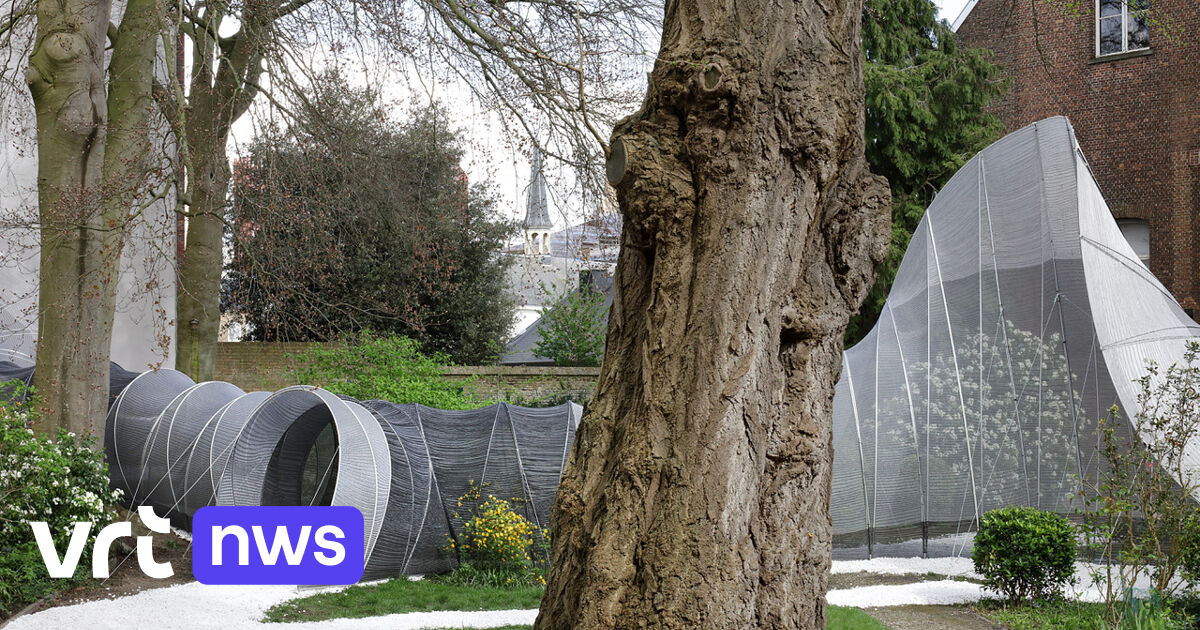

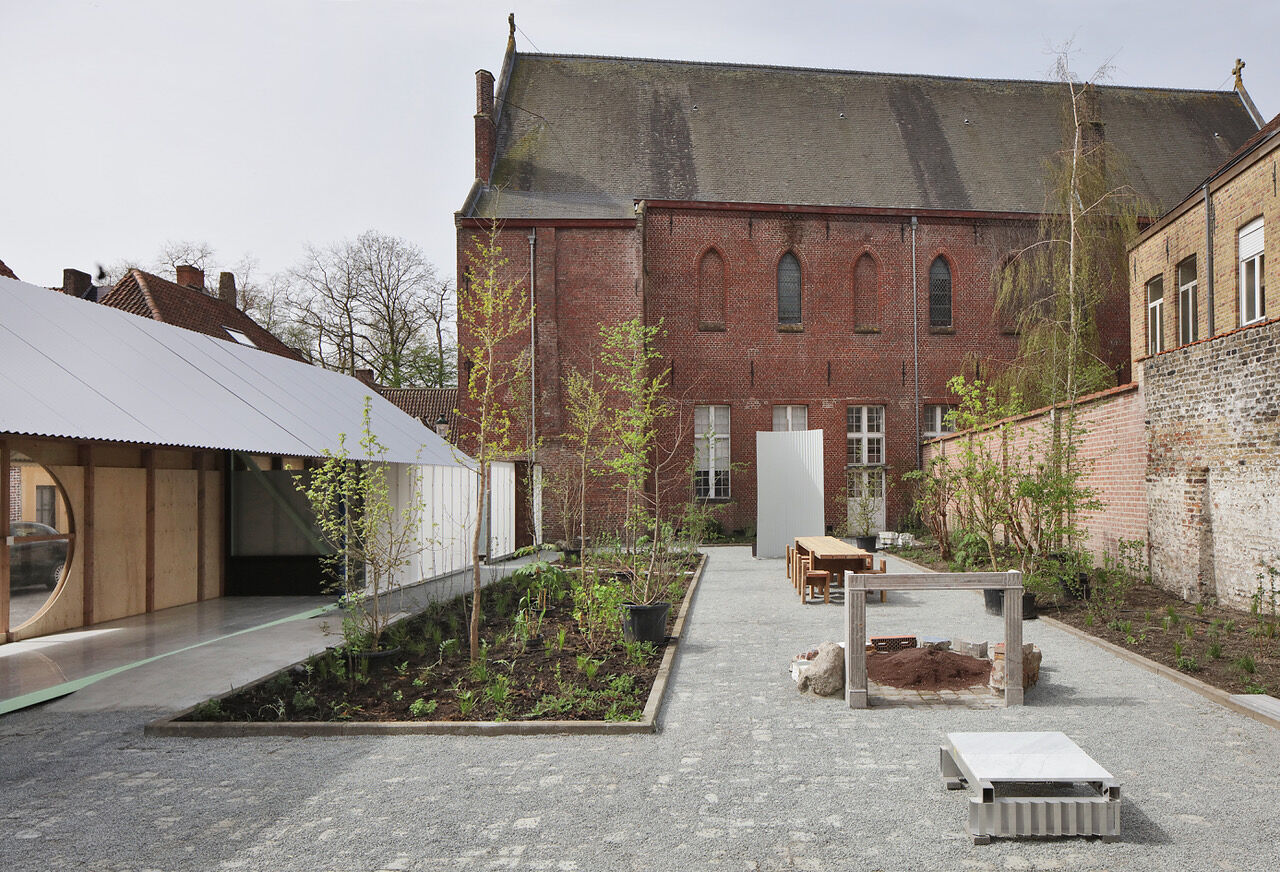
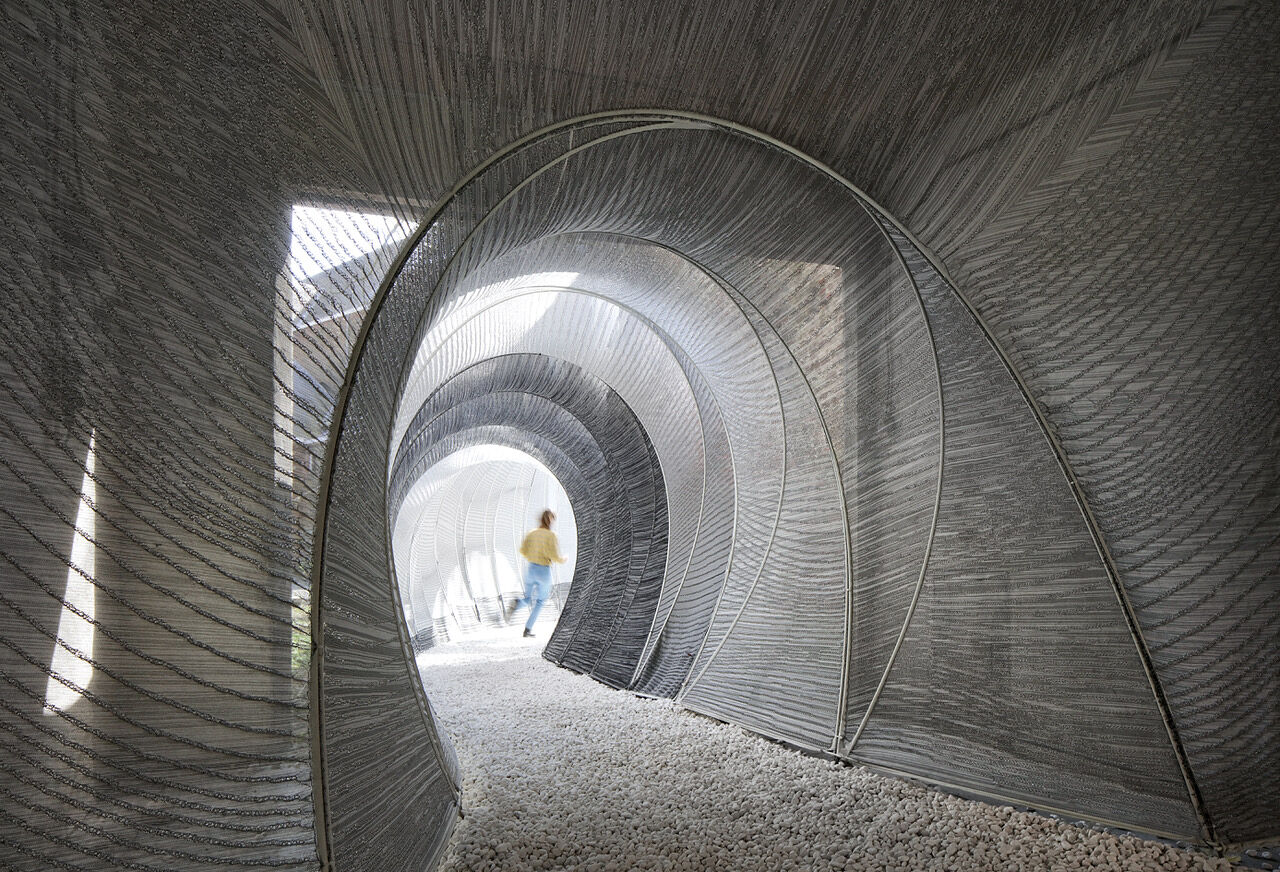

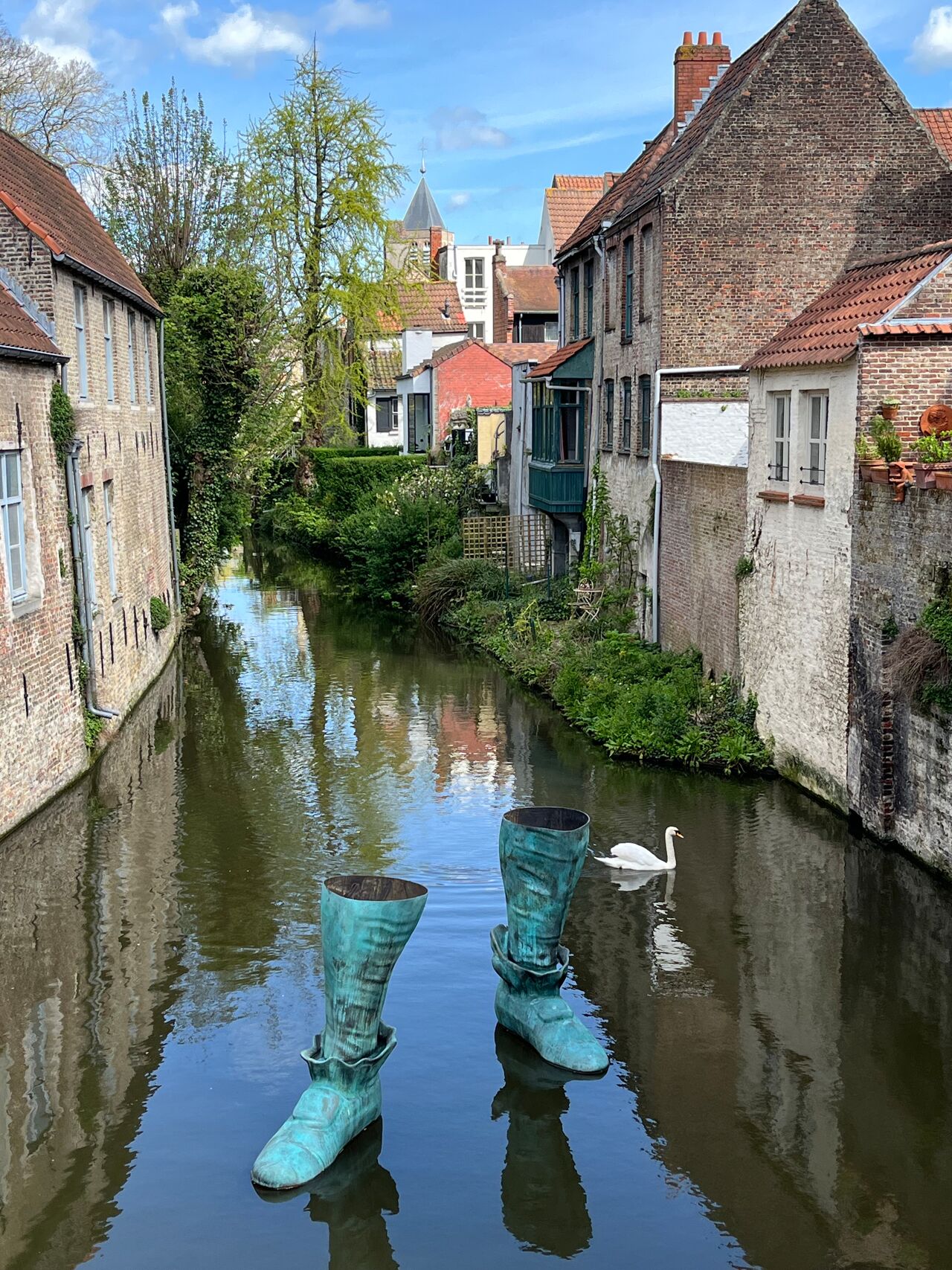

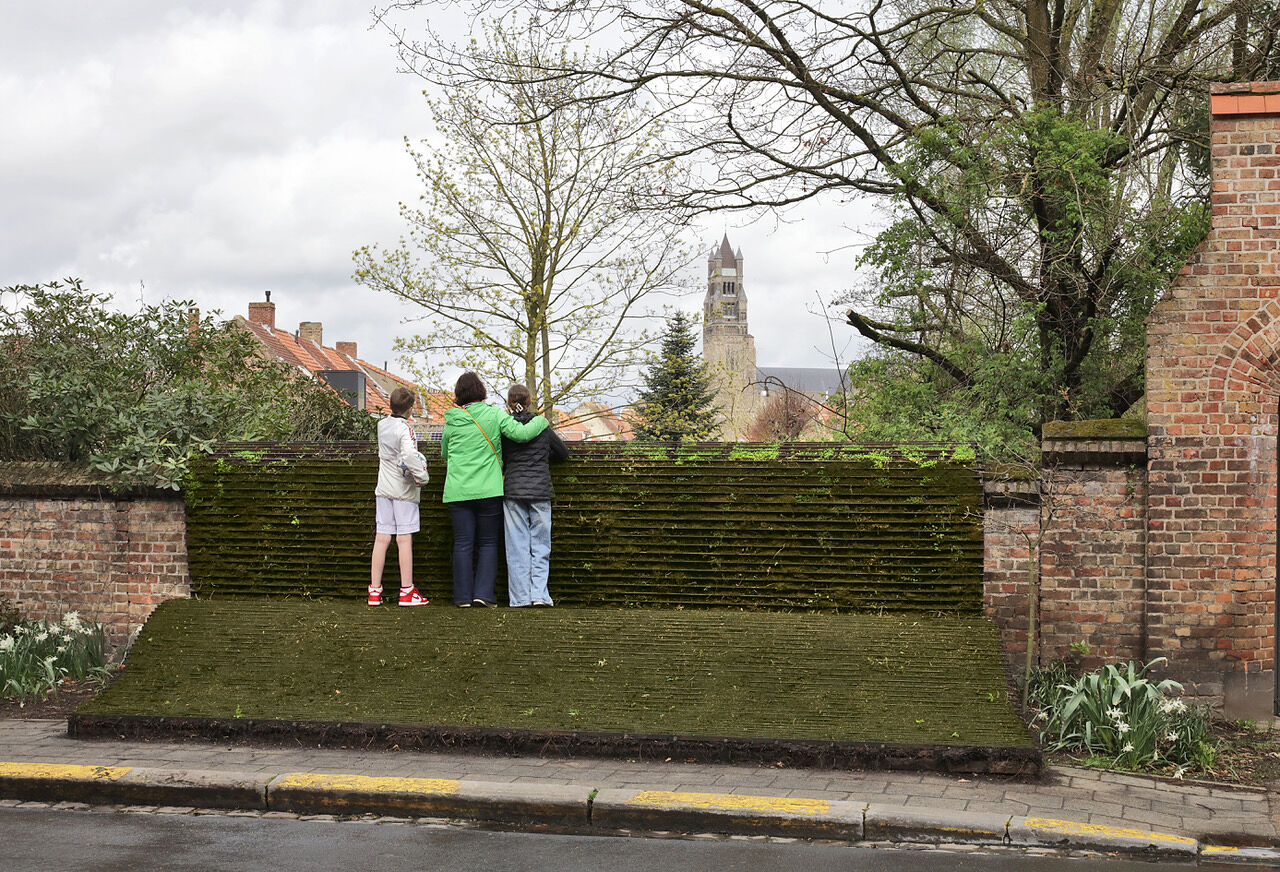
More Stories
Actor Alain Delon’s dog was not given an injection to be buried together: what are our rules?
VUB awards honorary doctorate to Guy Mortier
In these ways, “Alien: Romulus” is connected to “Alien” and “Prometheus.”